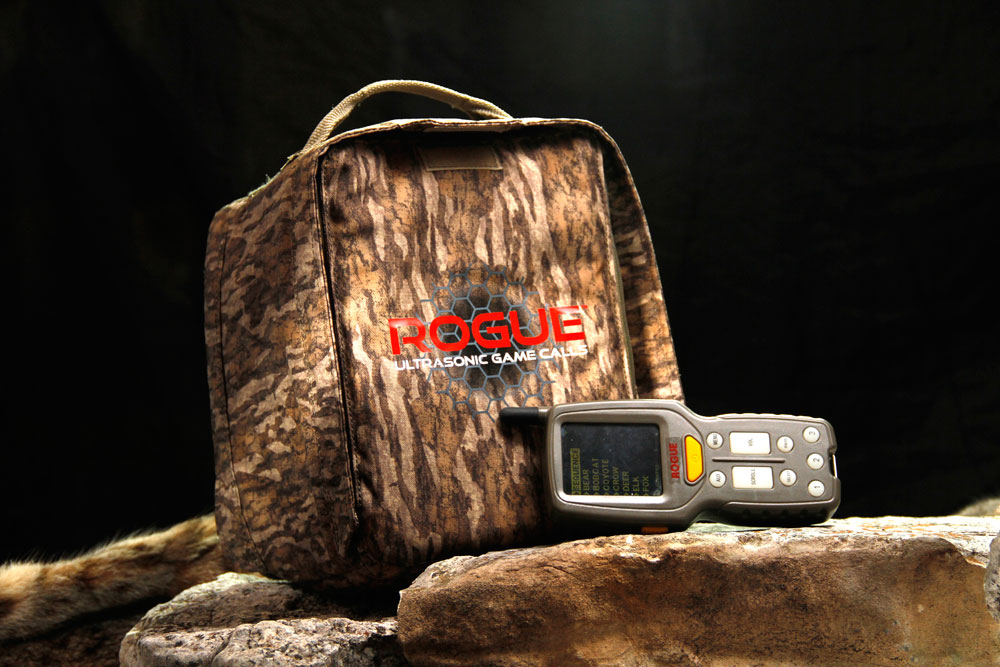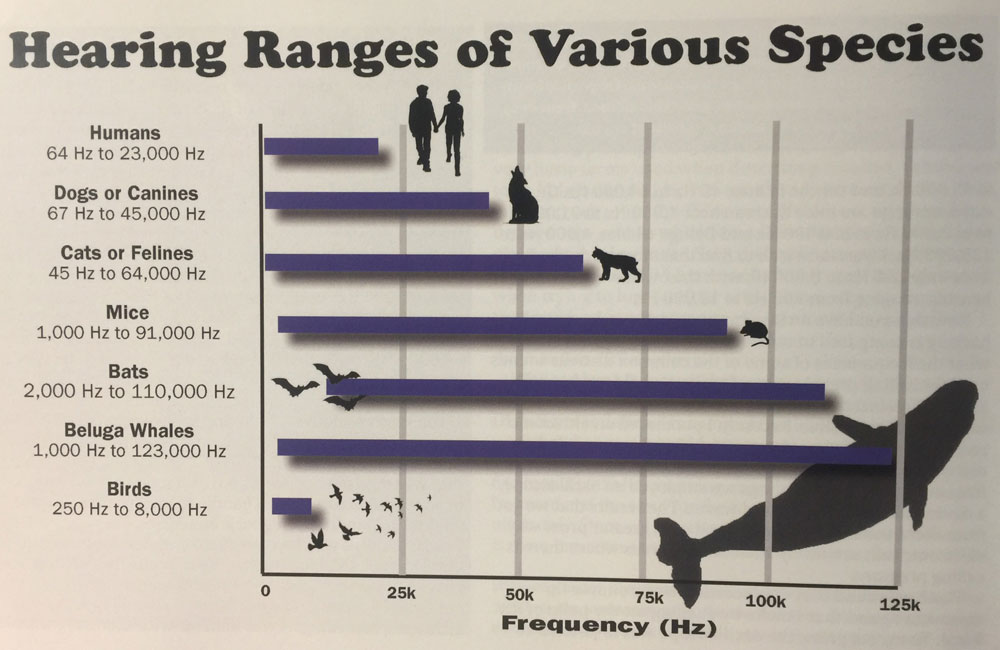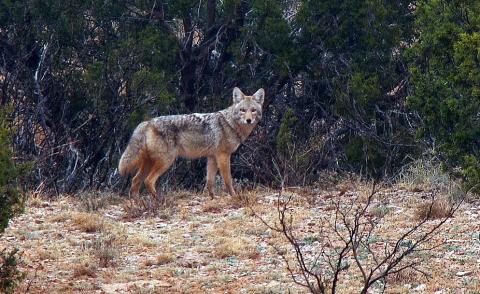provided by John E. Phillips
One of the hunting sports that has been growing by leaps and bounds is predator hunting. Predator hunting serves several purposes. It’s a way to take the animals that prey on deer, turkey, rabbits, quail and squirrels to help increase the population of these game animals. Too, harvesting predators is a way to harvest fur bearers and earn extra money during this pandemic. In many states, hunting predators has a long season, and you can hunt predators at night as well as in the daytime. Mossy Oak Pro Gary Roberson of Menard, Texas, the president of Burnham Brothers Calls, has been there from early predator calling all the way up to the newest innovations in predator callers. Roberson has just written a new book, “Eyes Front: 60 Years of Hunting the Hunters,” available from Burnham Brothers that contains six chapters on rattling whitetails, 10 chapters on calling turkeys and the rest of the book on calling predators – starting with the basics and continuing to the latest information on ultrasonic callers.

When Mossy Oak came out with its Brush pattern, I fell in love with it. Up until that time, I’d always hunted in Bottomland, but I felt that the Brush pattern was a more open pattern and was better suited for the Texas Brush Country where I did much of my hunting. However, today, we’ve gone back to our first love, Mossy Oak Bottomland. This year Burnham Brothers is coming out with a new electronic caller, and I’m using Mossy Oak Bottomland on that caller. Our company has discovered a way to call and reproduce ultrasonic sounds.
Let me back up a little bit and explain what ultrasonic sounds are. When people are young, they can hear sounds up to about 20,000 Hz (hertz). There are two different ways to judge sound. One way is to judge by volume - like how loud the sound is when you turn up the sound, while listening to the radio. The other sound we hear is the pitch or the frequency of the sound. Frequency is measured in hertz (Hz). Most people have heard of the silent dog whistles today that get a dog’s attention and call the dog in and give it direction. When you blow a dog whistle, you don’t really hear anything but the air blowing through the whistle. However, a dog can hear that sound from long distances. What the dog is hearing is the ultrasonic sound, which is a frequency higher than the human ear can hear.
A coyote hears up to 45,000 Hz, and a bobcat can hear up to 64,000-65,000 Hz. If we could hear the sounds of the animals in distress, there would not be a need for an ultrasonic predator caller. The latest new sounds that I’ve recorded go up to over 40,000 Hz. When we first started using animal sounds to lure predators into gun range in the 1950s, most of those sounds were made on 78 records or reel-to-reel tapes. Then we went to cassette tapes and finally CDs. Although the cassette player sounded very good to the human ear, cassette players didn’t do well in the dust and the grime out in the field, so they didn’t work very well for very long. Then Murray Burnham developed the first digital caller and began marketing them in 1991.

Today, most electronic callers have digital sounds on them because those callers are much more rugged, and hunters don’t have problems with them in the field. When we analyzed all of the digital callers on the market today, including ours, they all peaked out at about 15,000-20,000 Hz, proving they were producing an artificial sound. If you run those sounds through an oscilloscope (a device used to measure sound in hertz) and you analyze the sound, you’ll find that that sound will go over 40,000 Hz. However, the electronic callers we’re using today, dummies the sound down to about 17 Hz.
Now the first time you go into a new area with one of today’s callers, those callers will call-in predators. We’ve used them for years and have been very successful. What we do see happening is that the second time you return to that same place that you’ve called from the first time, your success rate is only about half as good as the first time you’ve called from the spot. On the third time that you play that call from the same site, you may as well be throwing rocks to try and call coyotes. This electronic call becomes less and less effective each time you use the same electronic caller in the same place because you’ve educated predators to that sound. Those predators realize that sound isn’t really a critter in distress.
What we’ve learned through our research is that an ultrasonic caller doesn’t educate the predators that the sound is artificial. The ultrasonic is the most realistic sound that will be on the market today. Here’s the most important thing to remember about ultrasonic calling - a human can’t hear that sound. If you’ve shot a lot without using ear protection, you’ll only be able to hear up to about 10,000 Hz. The Burnham Brothers new unit will produce the sound up to 40,000 Hz, and remember a coyote can hear up to 40,000 HZ and a bobcat up to 65,000 Hz.






























